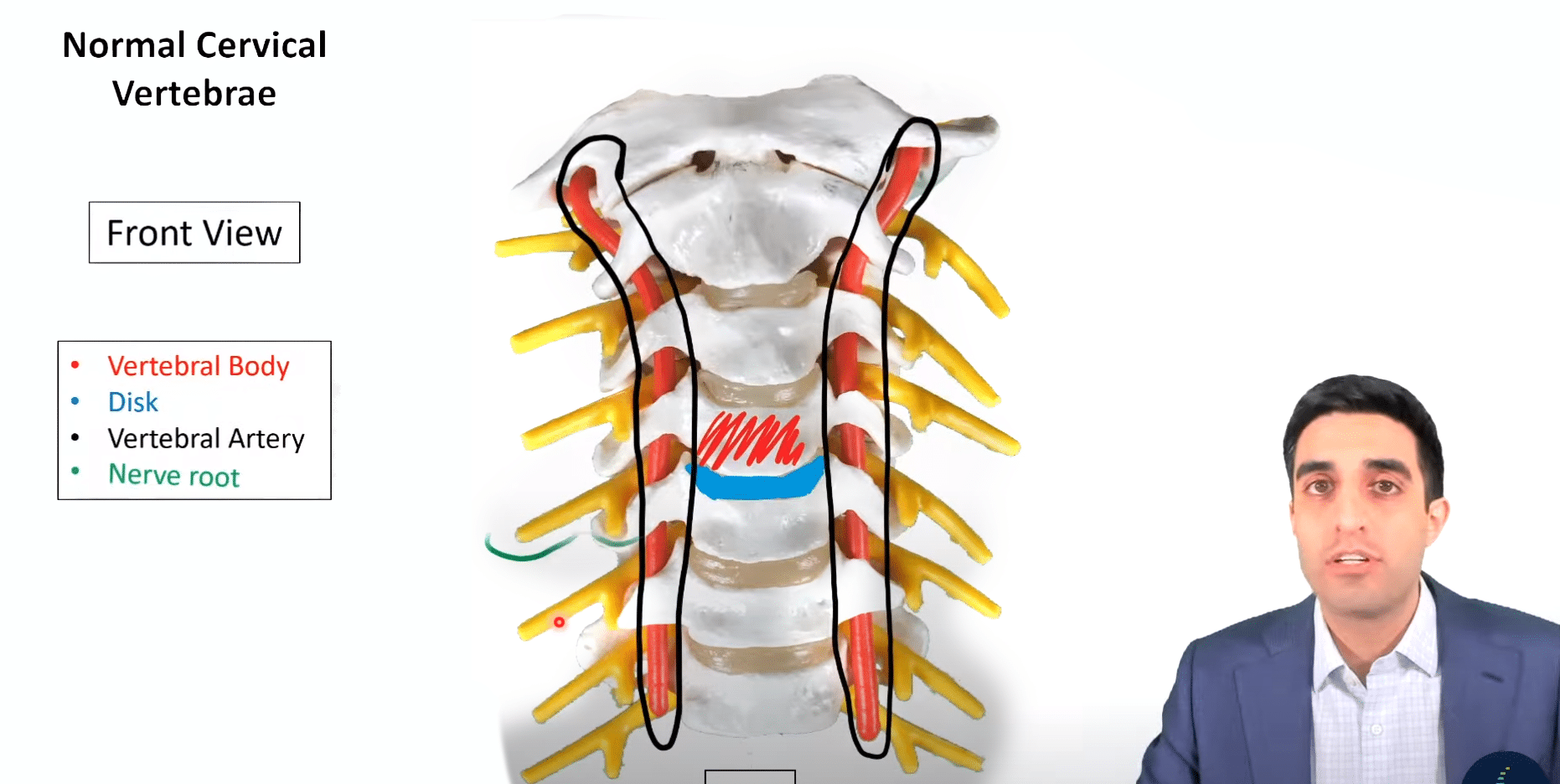Understanding Cervical Spine and Neck Pain
The cervical spine, the uppermost part of the spinal column, plays a pivotal role in supporting the head and enabling flexible movements. It comprises seven vertebrae separated by intervertebral discs, which act as shock absorbers. However, certain conditions such as degenerative disc disease can lead to the deterioration of these discs, which can result in a range of symptoms, depending on the severity and the area of the spine affected.
Common symptoms can include persistent neck pain, stiffness, headaches, numbness in arms or hands, and in severe cases, loss of balance or coordination. These symptoms are typically the result of increased pressure on the spinal cord or nerve roots, primarily due to degenerated discs or spinal stenosis, a condition characterized by the narrowing of the spinal canal.
Factors that contribute to these conditions include aging, repeated physical stress or strain on the neck, past neck injuries, or genetic predisposition. However, the presence of these factors does not necessarily lead to cervical spine issues. In many cases, people with these risk factors do not develop any cervical spine problems.
When is Cervical Spine Surgery Recommended?
Cervical spine surgery is typically considered when conservative treatments such as medications, physical therapy, or injections fail to provide adequate relief, or when the patient’s neurological symptoms worsen. Additionally, surgery may be recommended when the spinal cord is compressed, leading to severe pain or potential neurological damage. The goal of surgery is to relieve symptoms, prevent further spinal cord or nerve damage, and restore normal function. In this article, we discuss the Anterior Cervical Discectomy and Fusion procedure. You may also be interested in learning about a Cervical Laminoplasty.
Surgeon Explains: Anterior Cervical Discectomy and Fusion (ACDF)
One of the most common types of cervical spine surgery is Anterior Cervical Discectomy and Fusion (ACDF). This procedure involves removing a problematic disc or bone spur and then stabilizing the spine using a fusion process. This procedure is typically used for conditions like herniated discs, degenerative disc disease, or spinal stenosis.
The ACDF Procedure
The ACDF procedure starts with a thorough discectomy to entirely eject the problematic disc and alleviate the pressure on the spinal cord. Next, the vertebral endplates are prepared to ensure the successful placement of the implant and create a vascularized surface for stimulating fusion.
An incision is made in the throat area to reach and remove the disc. A graft is inserted to fuse together the bones above and below the disc.
Mayfield Clinic on ACDF Cervical Surgery
Trials are placed in the cavity between the vertebrae to select the correct implant size. Subsequently, an appropriately-sized implant is inserted with a holder. This implant’s central space is preloaded with a graft to foster the fusion process.
Two curved anchoring plates are inserted through the interior of the holder and implant. These self-retaining plates are embedded into the vertebral bodies and securely fix the implant with the vertebrae, providing the stability needed for successful fusion.
The implant serves to maintain the spacing of the vertebrae while fusion takes place. Upon completion of the fusion process, a solid bone mass forms, effectively joining the two vertebrae together.
Cervical spine surgery, such as ACDF, is a complex procedure requiring skilled surgical teams and advanced technology. However, with the right care and recovery strategies, it can provide significant relief from debilitating cervical spine symptoms and improve the patient’s quality of life.
